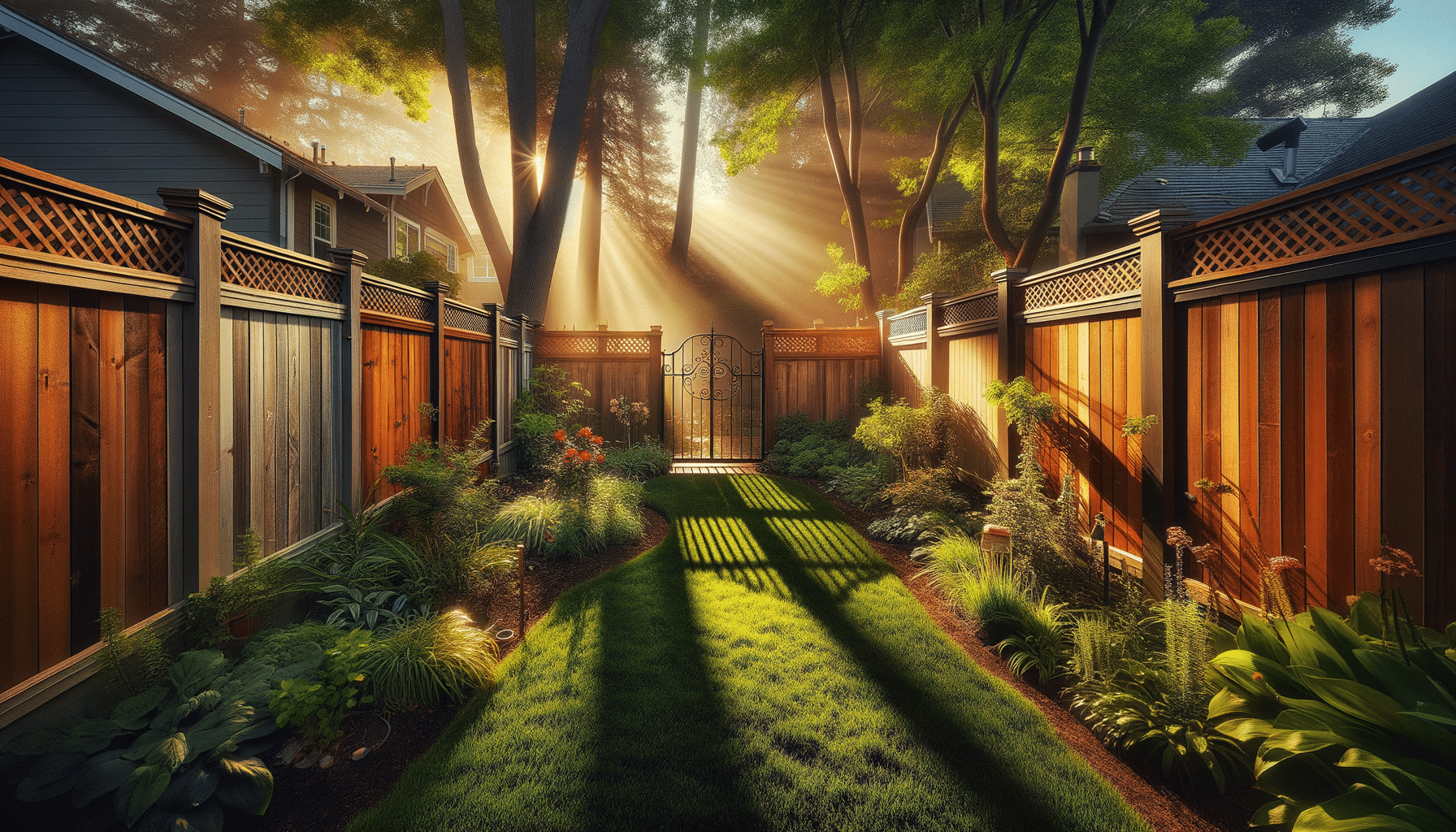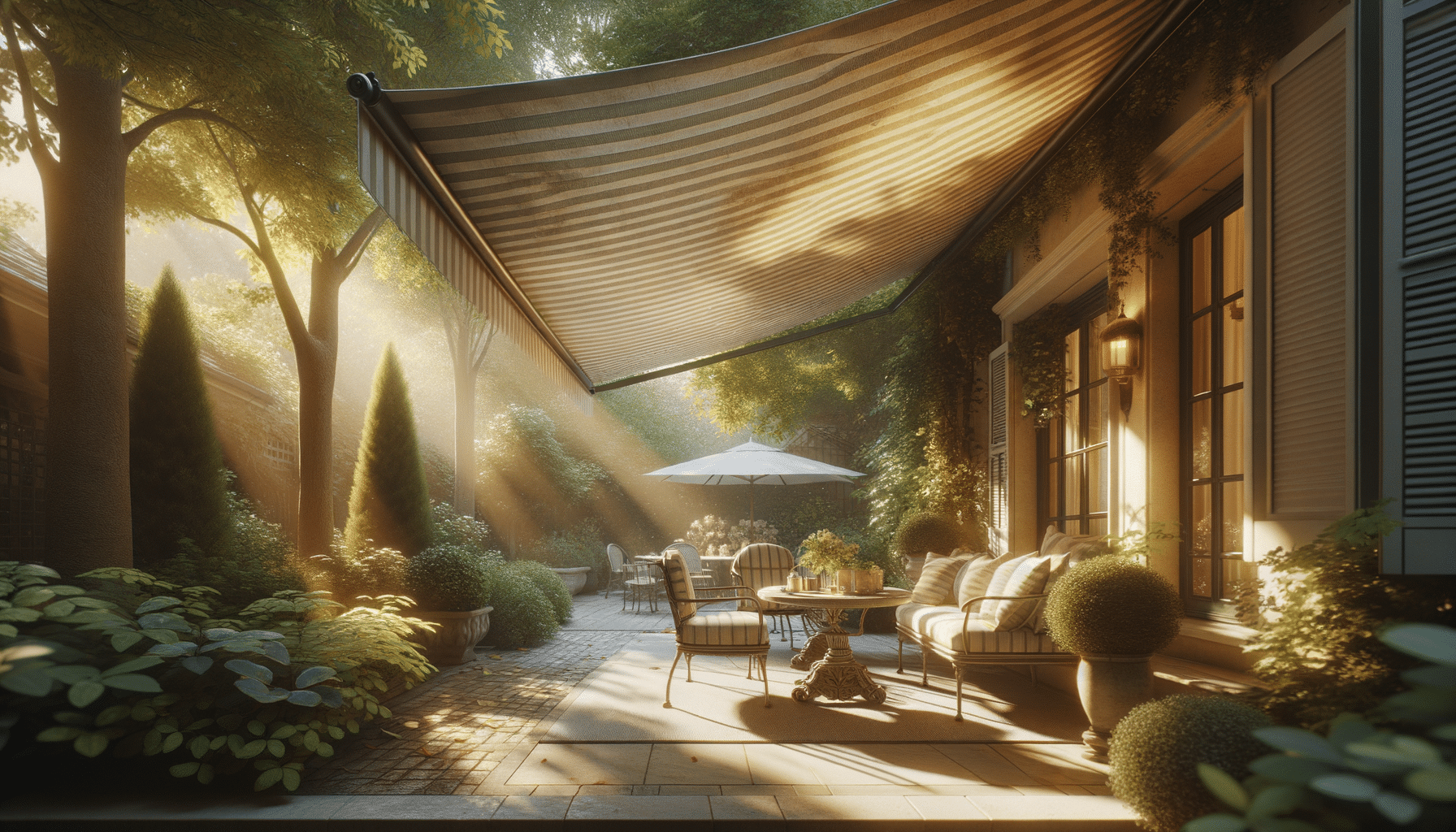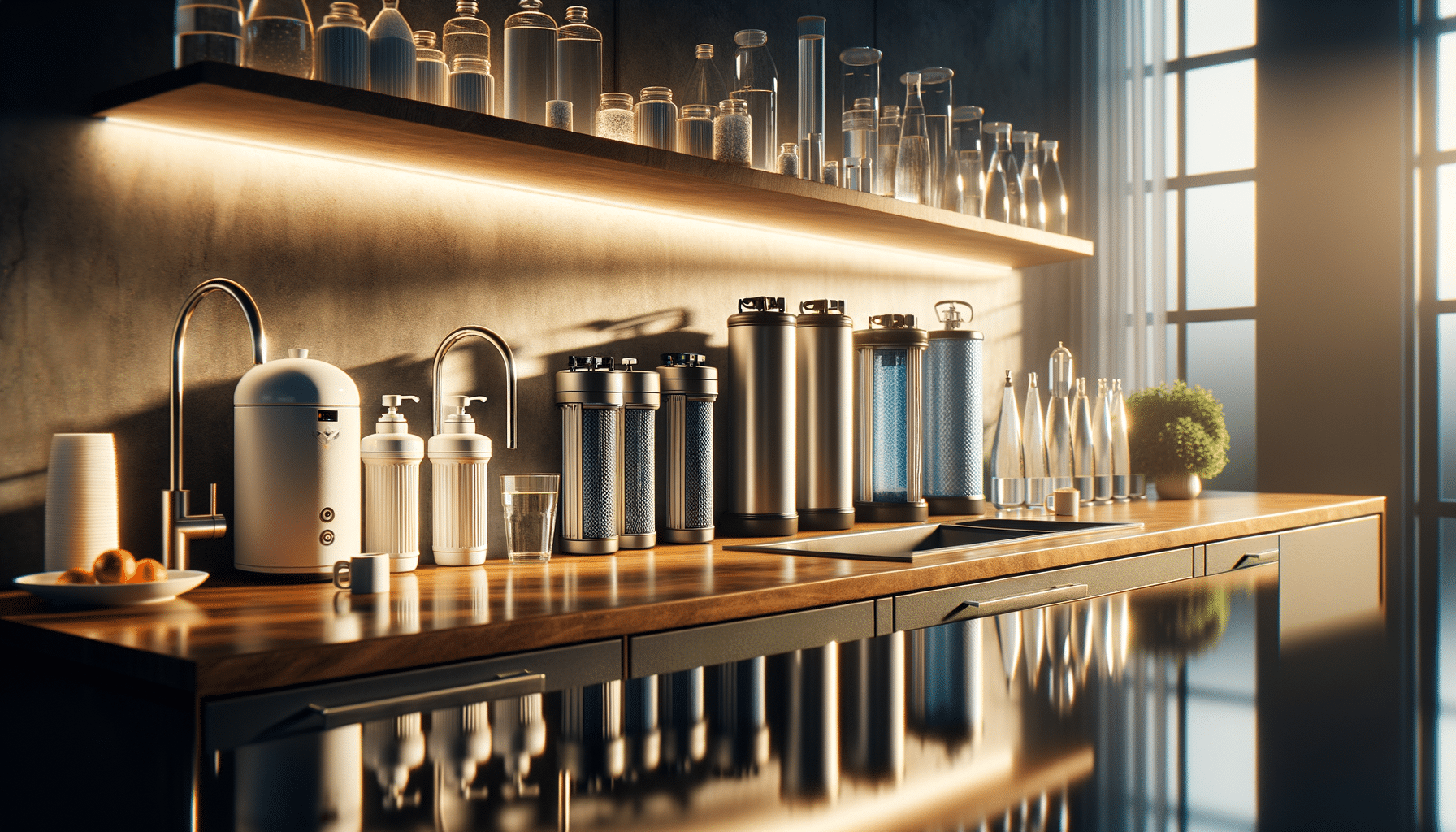
How to Choose the Right Fence for Your Yard: A Comprehensive Guide to Materials, Styles, and Maintenance
Understanding Your Needs and Preferences
Before diving into the myriad of options available, it’s essential to determine what you need from a fence. Are you looking for privacy, security, or simply an aesthetic addition to your yard? Each of these needs will guide your choice of materials and design. Privacy fences, for example, are typically taller and made from solid materials like wood or vinyl to obstruct views. Security fences might incorporate metal or wrought iron for strength and durability. If aesthetics are a primary concern, decorative options such as picket fences can add charm and character to your landscape.
Consider also the maintenance level you are willing to commit to. Some materials require regular upkeep, while others are more low-maintenance. For instance, wood fences often need staining or painting every few years to maintain their appearance and durability. On the other hand, vinyl or aluminum fences require minimal maintenance, making them ideal for those seeking convenience. By assessing your specific needs and maintenance preferences, you can better navigate the options and make an informed decision.
Exploring Material Options
Choosing the right material for your fence is a critical decision that impacts its longevity and functionality. Each material comes with its own set of advantages and considerations. Wood is a classic choice known for its natural beauty and versatility. It can be tailored to suit various styles, from rustic to modern. However, it requires regular maintenance to prevent decay and weather damage.
Vinyl fencing is another popular option, valued for its durability and low maintenance. It resists rot and pests, making it a long-lasting choice for many homeowners. Aluminum fences offer a sleek, modern look and are resistant to rust, although they might not provide the same level of privacy as other materials. Chain-link fences are known for their affordability and durability, often used for security purposes but less so for privacy or aesthetic appeal.
When selecting a material, consider factors such as your budget, the climate in your area, and how the material complements your home’s architecture. By weighing these factors, you can choose a material that not only meets your practical needs but also enhances the overall look of your property.
Design and Style Considerations
The design and style of your fence should harmonize with your home’s architecture and landscape. A well-designed fence can significantly enhance your property’s curb appeal. For traditional homes, a classic picket fence or a wrought iron design might be the perfect fit. These styles offer a timeless appeal that complements the architectural features of older homes.
Modern homes, on the other hand, may benefit from sleek, minimalist designs. Horizontal slat fences or metal panel fences can add a contemporary touch to your yard. If your home is in a rural setting, a rustic split rail or post-and-rail fence can blend seamlessly with the natural surroundings.
Incorporating elements such as gates, decorative post caps, or lattice tops can further personalize your fence. These details not only enhance the aesthetic appeal but also add functionality, such as providing additional privacy or security. By carefully selecting a design that complements your home’s style, you can create a cohesive and attractive outdoor space.
Maintenance and Longevity
Once you have chosen your fence, understanding its maintenance requirements is crucial to ensure its longevity. Wood fences, while beautiful, require the most upkeep. Regular sealing, staining, or painting is necessary to protect the wood from moisture and pests. Inspecting for damage and replacing broken boards can prevent more significant issues down the line.
Vinyl and aluminum fences are known for their low maintenance needs. Occasional cleaning with soap and water is usually sufficient to keep them looking new. These materials are resistant to rust, rot, and insect damage, making them an excellent choice for those seeking a long-lasting fence with minimal effort.
Chain-link fences, while durable, can develop rust over time if not properly maintained. Applying a rust-resistant coating can help extend their lifespan. Regular inspections for any loose or damaged sections are also advisable to maintain security and appearance.
By understanding the maintenance requirements of your chosen material, you can ensure your fence remains in excellent condition for years to come, providing both beauty and functionality to your outdoor space.
Cost Considerations and Budgeting
The cost of installing a fence can vary significantly based on the materials, design, and size of your project. Setting a budget is an essential step in the planning process. Wood fences, for instance, can range in cost depending on the type of wood and the complexity of the design. Cedar and redwood are premium choices that come with a higher price tag but offer exceptional durability and aesthetic appeal.
Vinyl fences are generally more expensive upfront compared to wood but can save money over time due to lower maintenance costs. Aluminum and wrought iron fences are typically on the higher end of the cost spectrum, offering durability and a distinct style that can enhance property value.
Chain-link fences are among the most affordable options, making them a practical choice for large areas or temporary installations. However, they may not provide the same level of privacy or aesthetic appeal as other materials.
When budgeting for a fence, consider the long-term costs associated with maintenance and repairs. Investing in quality materials and professional installation can prevent costly repairs and replacements in the future. By carefully planning and budgeting, you can select a fence that meets your needs without compromising on quality or style.


